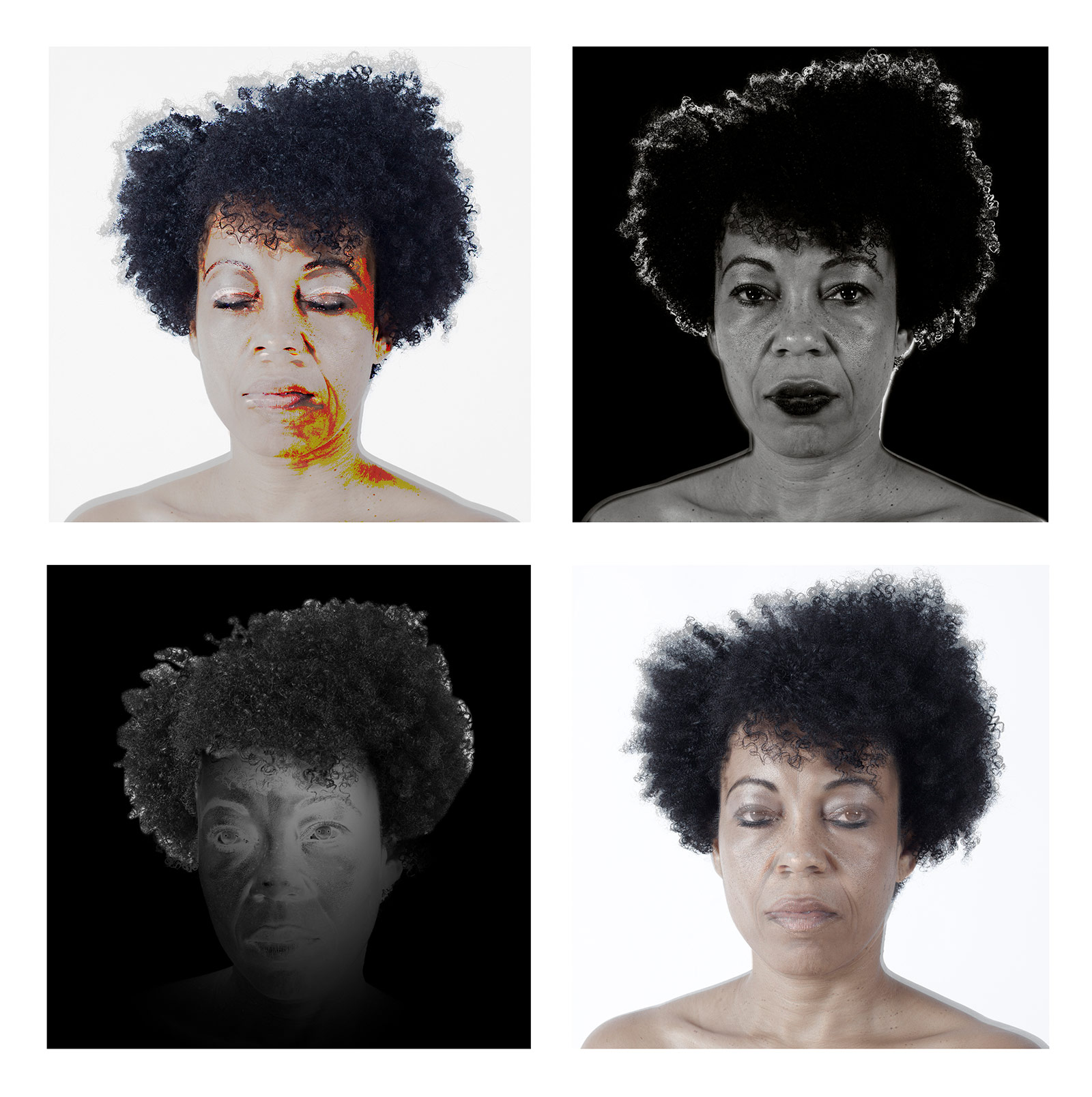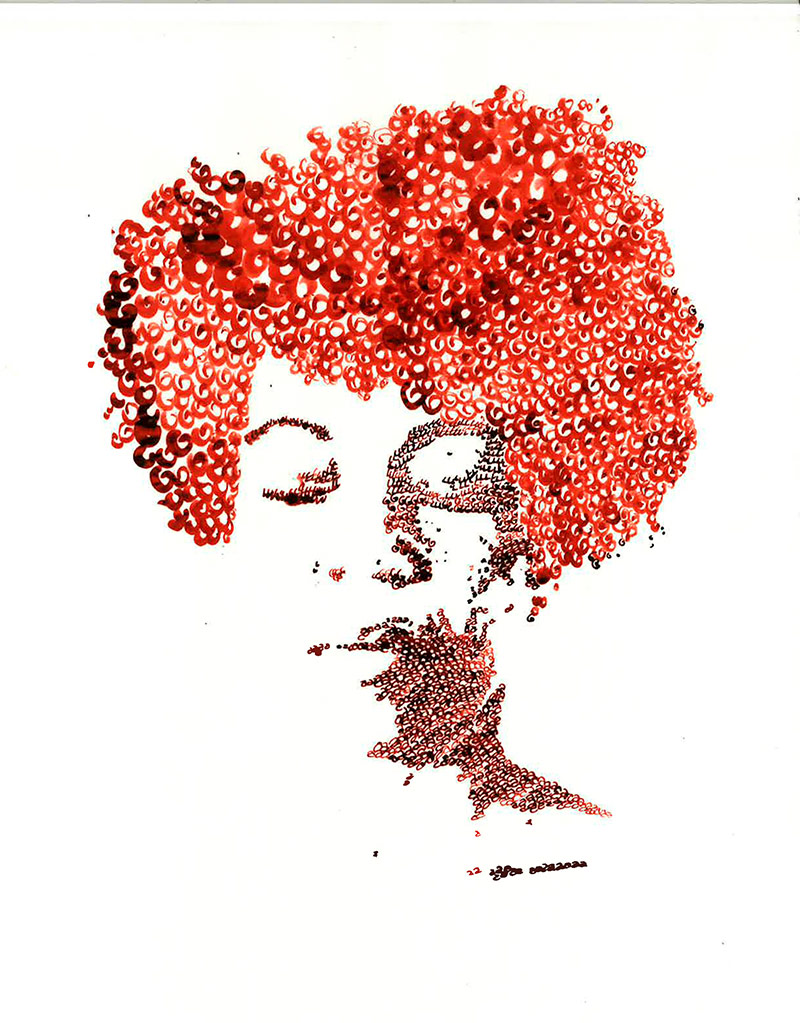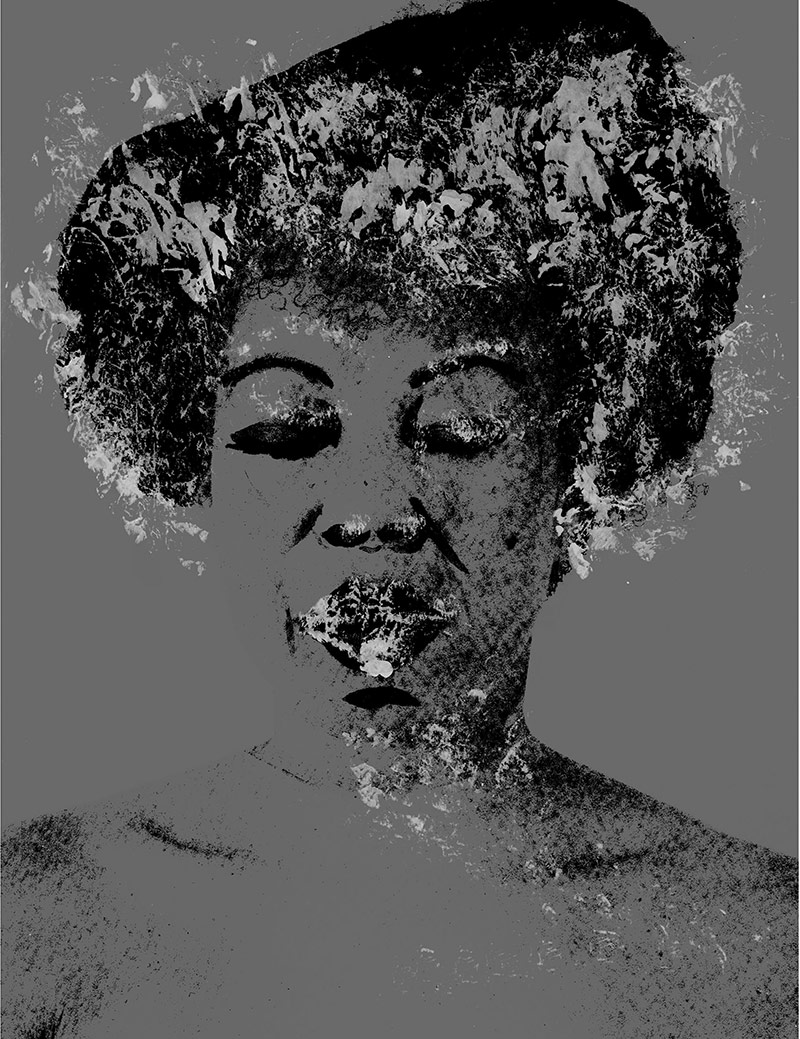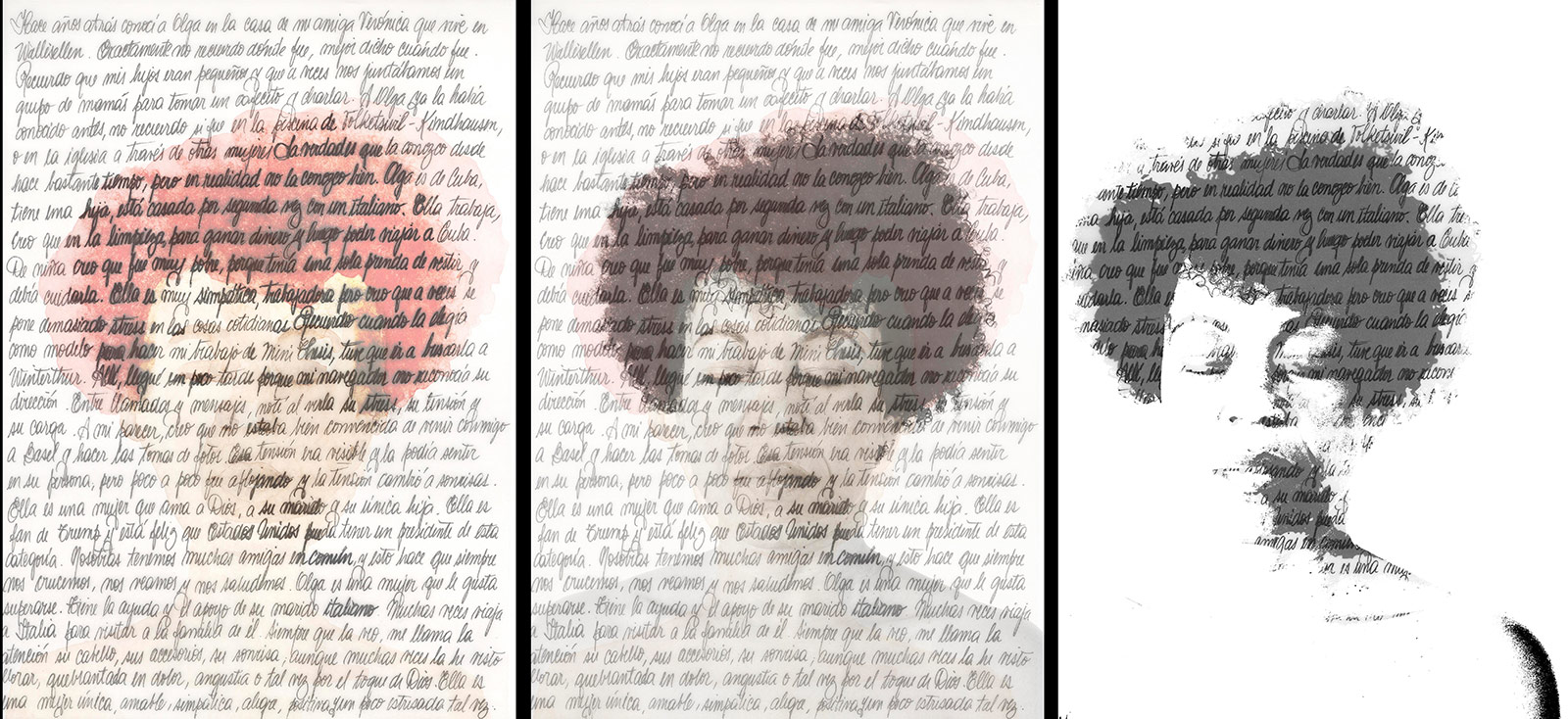Visuelle Kommunikation / Master
Natalia Rojas Bilbao
Stereotypes of Identity
Framing Latin American Women
In Walter Lippmann’s book, Public Opinion (1922), notes that we make judgments about reality by creating “pictures in our heads,” simplifications of the complexity of the real world, shaped by external forces who give us narratives and visions already pre-packaged and interpreted. We lose sight that these are just interpretations and start believing reality as it is.
The “Wall of Frames” installation is composed of fifty portraits based on ten photos. They are enhanced with subtle or dramatic changes, distorting the original. A single headline accompanies the image to manipulate the onlooker perception. Each portrait is lined up in such a way featuring the stereotyping process: duplication, rigidity and permanence.
We separate ourselves from others by tracing a distance. A wall is a geographical limitation, a concrete barrier that divides physically and ideologically two sides. It is a protection, a separation, a division and a firing wall where people are killed. Probably, in such a way we are getting rid of people, killing their identities or simply hanging as objectivized subjects to contemplate, idealize or create myths far away from our personal interaction. Stereotypes are silent but yield to our consciousness. We carry them around us, everywhere we go. It is not about “Them,” it is about “Us.” This project invites the viewer to create narratives, inner reflections and intimate dialogues to awake awareness of the own use of stereotypes applied to Latin American Women.
The “Wall of Frames” installation is composed of fifty portraits based on ten photos. They are enhanced with subtle or dramatic changes, distorting the original. A single headline accompanies the image to manipulate the onlooker perception. Each portrait is lined up in such a way featuring the stereotyping process: duplication, rigidity and permanence.
We separate ourselves from others by tracing a distance. A wall is a geographical limitation, a concrete barrier that divides physically and ideologically two sides. It is a protection, a separation, a division and a firing wall where people are killed. Probably, in such a way we are getting rid of people, killing their identities or simply hanging as objectivized subjects to contemplate, idealize or create myths far away from our personal interaction. Stereotypes are silent but yield to our consciousness. We carry them around us, everywhere we go. It is not about “Them,” it is about “Us.” This project invites the viewer to create narratives, inner reflections and intimate dialogues to awake awareness of the own use of stereotypes applied to Latin American Women.





